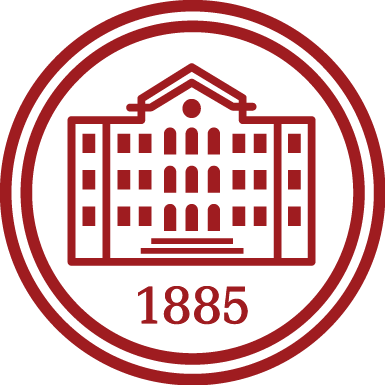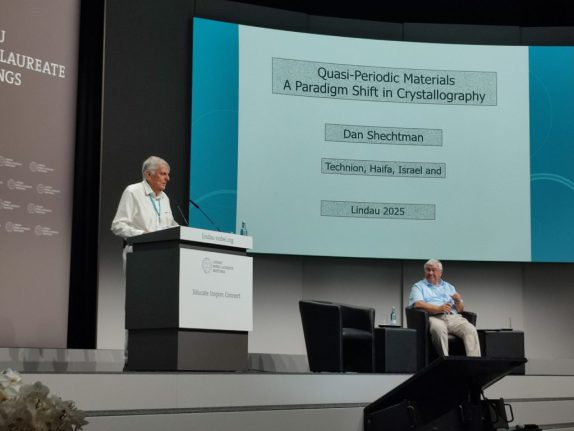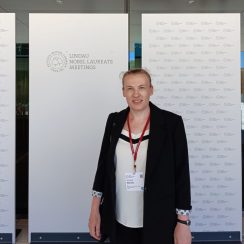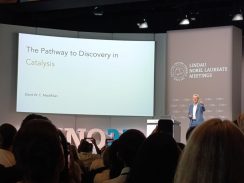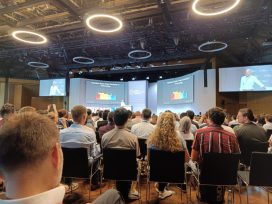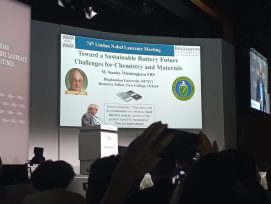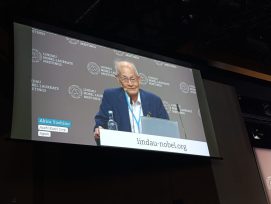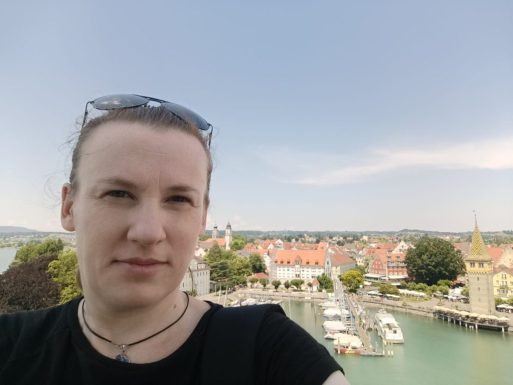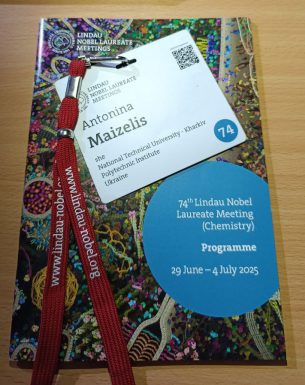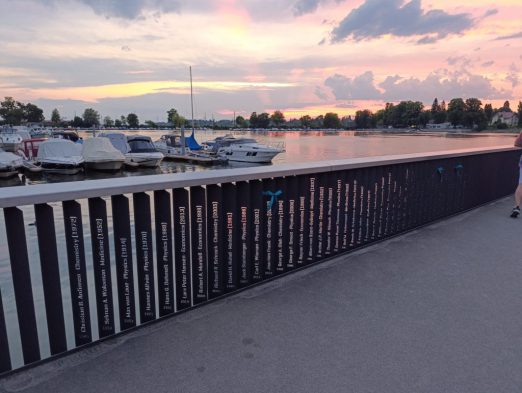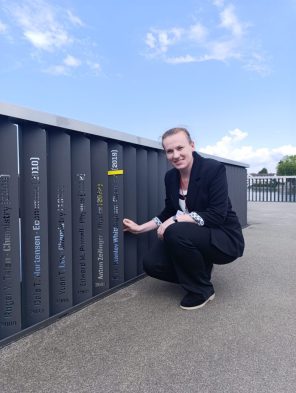Antonina Maizelis, Associate Professor of the Department of Technical Electrochemistry at NTU «KhPI», participated for the first time in the history of the university in a prestigious world-class scientific event – the 74th Lindau Nobel Laureate Meeting in Lindau (Germany). This year, the forum was dedicated to chemistry. Thirty Laureates of the Nobel Prize engaged in informal communication and discussions with a thousand young scientists and guests from 55 countries around the world.
Antonina Maizelis, Associate Professor of the Department of Technical Electrochemistry at the Educational and Scientific Institute of Chemical Technologies and Engineering of the National Technical University «Kharkiv Polytechnic Institute» and Doctor of Technical Sciences, took part in this year’s Nobel Laureate Meeting, which took place in the German city of Lindau (74th Lindau Nobel Laureate Meeting). More than 30 Laureates of Nobel Prize in chemistry, physics, physiology, and medicine joined the conference to discuss sustainable development, environmental issues, and the application of artificial intelligence in the chemical industry. Among them were: M. Stanley Whittingham and Akira Yoshino (2019 Nobel Prize in Chemistry «For the development of lithium-ion batteries»), David W. C. MacMillan (2021 Nobel Prize in Chemistry «For the development of asymmetric organocatalysis») , Dan Shechtman (2011 Nobel Prize in Chemistry «For the discovery of quasicrystals»), John M. Jumper (2024 Nobel Prize in Chemistry «For predicting the spatial structure of proteins»). Antonina Maizelis became the first representative of the NTU «Kharkiv Polytechnic Institute» to attend a forum of this level. This was made possible thanks to the cooperation between the conference organizers, the rectorate, and the Research Department of the National Technical University «Kharkiv Polytechnic Institute.»
Akira Yoshino’s lecture, which was devoted to the problem of CO2 emissions, made a particular impression on Antonina Maizelis, a researcher at the NTU «Kharkiv Polytechnic Institute»: «As an electrochemist, it was very pleasant to hear repeatedly about electrochemical technologies as clean and most desirable in the future.» Antonina notes that the Nobel Laureate Meeting in the German city of Lindau is a week when 30-40 prize Laureates and about six hundred young researchers work in one space without formal barriers. According to her, at this unusual conference, you can hear lectures on lithium-ion batteries as a startup from the developer himself, Sir M. Stanley Whittingham, or see a photo of Dan Shechtman’s laboratory journal, where he first noted the unusual structure of the crystal: «This is a time when you can discuss research problems and the future of science and technology with Nobel Laureates in a friendly atmosphere in the lounge or in the park.» «I would like to thank the organizers for their support and invitation, as well as the administration of the NTU «Kharkiv Polytechnic Institute», who gave me the opportunity to be a guest at this unique celebration of science,» says Antonina Maizelis.
Note:
The Nobel Prize in Chemistry (Swedish: Nobelpriset i kemi) is the highest award for scientific achievements in the field of chemistry, awarded annually by the Royal Swedish Academy of Sciences in Stockholm. Candidates for the prize are nominated by the Nobel Committee for Chemistry. The prize is one of five established in accordance with the will of Swedish chemist Alfred Nobel (died in 1896) in 1895, which are awarded for outstanding achievements in chemistry, physics, literature, physiology, and medicine, and for contributions to the establishment of peace.
The Lindau Nobel Laureate Meetings are annual scientific events established in 1951 to promote personal dialogue between Nobel Prize Laureates and leading young researchers. They take place in Lindau (Germany) on Lake Constance. The motto of the meetings is «Teach – Inspire – Unite.» Each time, different disciplines are alternated: chemistry, physics, physiology/medicine. Since 2004, a separate meeting on economic sciences has been held. On average, 30–40 Nobel Prize Laureates and 600–650 young scientists from approximately 90 countries around the world, selected on a competitive basis, participate in the conference. Guests representing universities, foundations, and other organizations also attend the event. A special feature of these meetings is their format, which includes not only lectures but also a lot of informal communication between young scientists and Nobel Laureates. The program includes plenary lectures, discussions between Laureates and the audience mediated by a moderator, master classes, scientific breakfasts, and much more.
